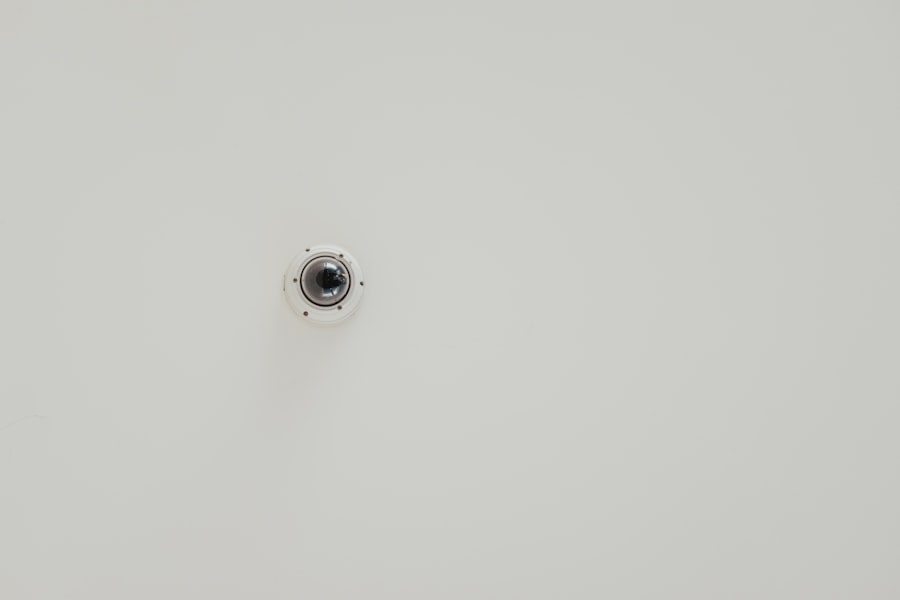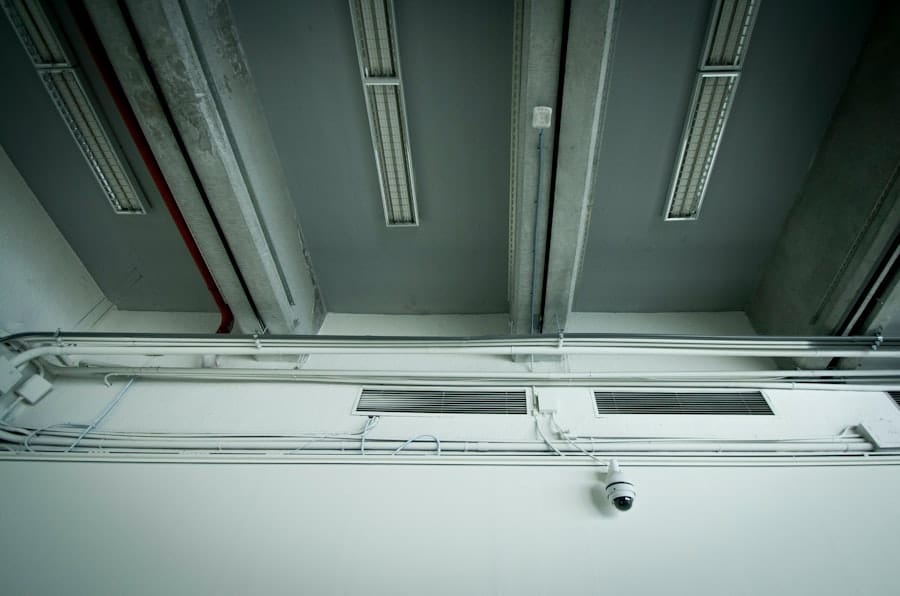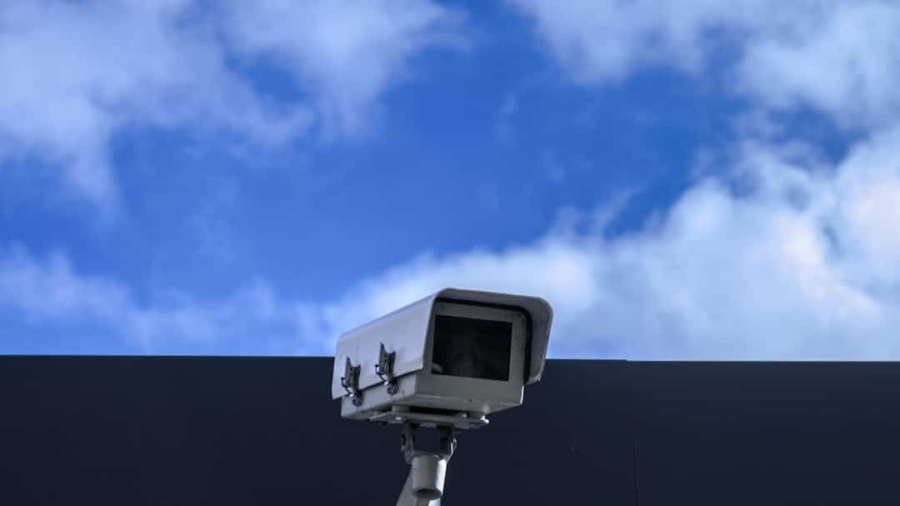In recent years, the proliferation of smart home technology has transformed the way we interact with our living spaces. Among the most significant innovations in this domain are smart home cameras, which have become essential tools for enhancing security and convenience. These devices not only provide real-time video surveillance but also leverage advanced technologies, particularly artificial intelligence (AI), to offer features that go beyond traditional monitoring.
The integration of AI into smart home cameras has revolutionized their functionality, enabling them to learn from their environment, recognize patterns, and respond intelligently to various situations. Smart home cameras are designed to be user-friendly, often featuring mobile applications that allow homeowners to monitor their properties remotely. With the ability to stream live video feeds, record footage, and even communicate through two-way audio, these cameras serve as a comprehensive security solution.
However, the true power of smart home cameras lies in their AI capabilities. By employing machine learning algorithms and computer vision techniques, these devices can analyze video feeds in real time, distinguishing between normal activities and potential threats. This capability not only enhances security but also provides users with peace of mind, knowing that their homes are being monitored intelligently.
Key Takeaways
- Smart home cameras use AI to enhance security and convenience
- AI in smart home cameras helps in recognizing patterns and anomalies
- Real-time alerts and notifications are crucial for immediate action
- Privacy and security are major concerns with AI-powered smart home cameras
- Advancements in AI technology are improving the capabilities of smart home cameras
Understanding the Role of Artificial Intelligence in Smart Home Cameras
Artificial intelligence plays a pivotal role in the functionality of smart home cameras, enabling them to perform tasks that were once thought to be the exclusive domain of human observers. At the core of this technology are sophisticated algorithms that process vast amounts of data collected from the camera’s sensors. These algorithms can identify objects, recognize faces, and even interpret actions within the camera’s field of view.
For instance, a smart camera equipped with AI can differentiate between a family member returning home and an unfamiliar person approaching the front door, allowing for tailored responses based on the situation. Moreover, AI enhances the user experience by minimizing false alarms. Traditional security cameras often trigger alerts for benign activities, such as passing cars or animals in the yard.
In contrast, AI-powered cameras utilize deep learning techniques to understand context and discern between harmless movements and genuine threats. This capability significantly reduces the number of unnecessary notifications sent to users, allowing them to focus on real security concerns. As a result, homeowners can trust that their smart cameras are not only vigilant but also discerning in their observations.
Identifying Unusual Behavior through AI Algorithms

One of the most compelling features of AI in smart home cameras is their ability to identify unusual behavior patterns. By continuously analyzing video feeds, these cameras can establish a baseline of normal activity within a given environment. For example, a camera monitoring a front porch may learn that deliveries typically occur during specific hours and that family members usually arrive home at predictable times.
When an event deviates from this established norm—such as someone lingering near the entrance for an extended period—the camera can flag this behavior as unusual. The identification of unusual behavior is not limited to mere presence; it extends to recognizing specific actions that may indicate a potential threat. For instance, if a camera detects someone attempting to open a window or door without authorization, it can trigger an alert to the homeowner or even notify local authorities.
By employing AI algorithms capable of contextual understanding, smart home cameras can provide users with actionable insights rather than just raw data.
The Importance of Real-Time Alerts and Notifications
In the realm of home security, timing is crucial. The ability to receive real-time alerts and notifications from smart home cameras can make a significant difference in preventing potential incidents or responding swiftly to emergencies. When an AI-powered camera detects unusual activity or recognizes a familiar face, it can instantly send notifications to the homeowner’s smartphone or other connected devices.
This immediacy allows users to assess situations as they unfold and take appropriate action if necessary. Real-time alerts can also be customized based on user preferences. For example, homeowners may choose to receive notifications only for specific types of events, such as when a package is delivered or when someone enters a restricted area.
This level of customization ensures that users are not overwhelmed with alerts while still remaining informed about critical developments in their home environment. Furthermore, many smart cameras offer integration with other smart home systems, allowing users to automate responses based on alerts received. For instance, if a camera detects motion at night, it could trigger outdoor lights or send an alert to a connected security system.
Privacy and Security Concerns with AI-Powered Smart Home Cameras
While the benefits of AI-powered smart home cameras are substantial, they also raise important privacy and security concerns that cannot be overlooked. The very features that make these devices effective—such as continuous monitoring and data collection—can lead to potential misuse or unauthorized access to sensitive information. Homeowners must grapple with the reality that their personal spaces are being recorded and analyzed by devices that are often connected to the internet.
Data security is paramount when it comes to smart home cameras. If these devices are not adequately protected against cyber threats, they can become entry points for hackers seeking access to personal information or even control over other connected devices within the home network. Manufacturers must prioritize robust encryption methods and regular software updates to safeguard user data from potential breaches.
Additionally, users should be educated about best practices for securing their devices, such as changing default passwords and enabling two-factor authentication.
Advancements in AI Technology for Smart Home Cameras

Enhanced Security and Personalization with Facial Recognition
One notable development is the integration of advanced facial recognition technology, which allows cameras to identify individuals with remarkable accuracy. This feature not only enhances security by recognizing known faces but also enables personalized experiences for users. For instance, a camera could greet family members by name or send tailored notifications based on who is present in the home.
Faster and More Private Processing with Edge Computing
Another significant advancement is the use of edge computing in smart home cameras. Traditionally, video data was sent to cloud servers for processing, which could introduce latency and raise privacy concerns regarding data storage. With edge computing, processing occurs directly on the device itself or nearby servers, reducing response times and minimizing data transmission over the internet.
Improved Performance and Enhanced Privacy
This shift not only enhances performance but also addresses some privacy concerns by limiting the amount of sensitive data sent off-site.
Integrating Smart Home Cameras with Other AI-Powered Devices
The true potential of smart home cameras is realized when they are integrated with other AI-powered devices within a smart home ecosystem. This interconnectedness allows for seamless communication between devices, creating a more cohesive and responsive environment. For example, when a smart camera detects motion at the front door, it can trigger other devices such as smart locks or lights to enhance security measures automatically.
Integration with voice assistants further amplifies the functionality of smart home cameras. Users can issue voice commands to view live feeds or receive updates about recent activity without needing to interact directly with their smartphones or tablets. This hands-free approach adds convenience and accessibility for homeowners who may be busy or away from their devices.
Additionally, integrating cameras with smart alarm systems can create a comprehensive security network that responds intelligently to various scenarios.
The Future of AI-Powered Smart Home Cameras
As technology continues to advance at an unprecedented pace, the future of AI-powered smart home cameras holds exciting possibilities. One area poised for growth is enhanced predictive analytics capabilities. Future cameras may not only identify unusual behavior but also anticipate potential threats based on historical data and environmental factors.
For instance, if a neighborhood experiences a spike in break-ins during certain months, an AI camera could adjust its monitoring parameters accordingly. Moreover, advancements in machine learning will likely lead to even more sophisticated algorithms capable of understanding complex human behaviors and interactions within a household. This could enable cameras to differentiate between playful pets and potential intruders more effectively or recognize when children are engaging in risky activities without parental supervision.
The integration of augmented reality (AR) into smart home camera systems may also become more prevalent. Imagine receiving real-time overlays on your smartphone screen that highlight areas of interest or provide contextual information about detected individuals or objects within the camera’s view. Such innovations could enhance situational awareness and empower homeowners with actionable insights.
In conclusion, AI-powered smart home cameras represent a significant leap forward in home security technology. Their ability to learn from their environment, identify unusual behavior patterns, and integrate seamlessly with other devices creates a robust security solution tailored to modern living needs. As advancements continue in both AI technology and user experience design, these cameras will undoubtedly play an increasingly vital role in safeguarding our homes while addressing privacy concerns effectively.
If you are interested in the latest technology trends, you may also want to check out this article on

